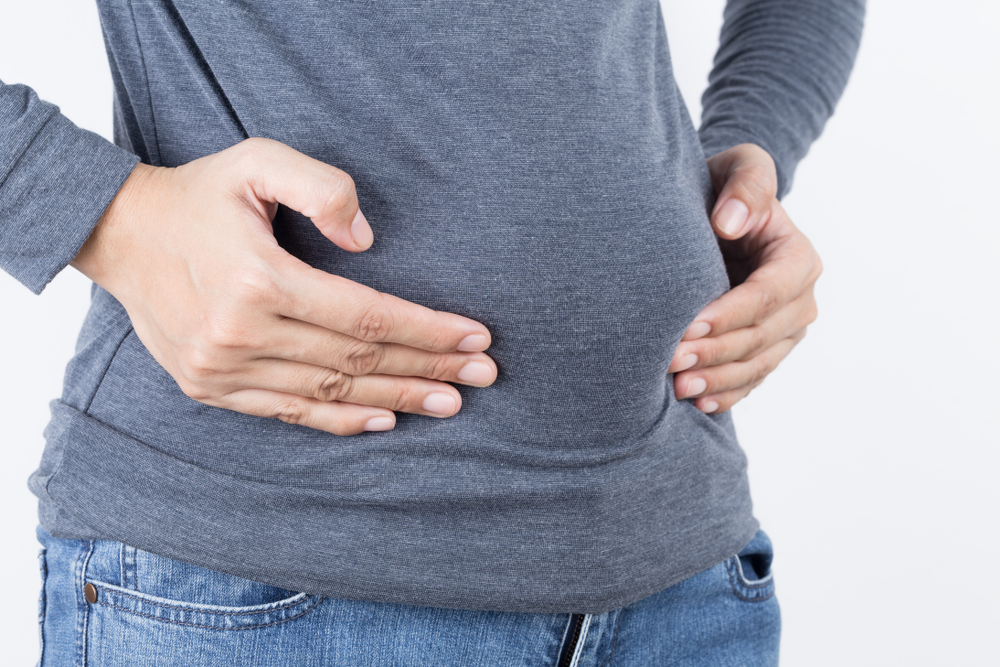Contents:
- Medical Video: In Vitro Fertilization (IVF)
- Know the menstrual cycle before conducting IVF
- When the IVF program starts
- Ovarian stimulation and monitoring
- Oocyte maturation (egg in the ovary)
- Taking eggs
- Fertilization of eggs
- Transfer of a fertilized egg (embryo) into the womb
- Will I get pregnant immediately?
Medical Video: In Vitro Fertilization (IVF)
IVF alias in fitro vertilization(IVF) is an alternative choice for those of you who want to have children. IVF is done by combining eggs and sperm outside the body. Then, the fertilized egg and in the ready phase will be transferred into the woman's womb. That's the simple explanation of IVF. However, actually the IVF process is very long because it requires careful preparation. The following is a more complete explanation.
Know the menstrual cycle before conducting IVF
You need to know how your menstrual cycle is before performing IVF. You are also advised to take contraceptive pills before doing this program. Taking contraceptive pills has been shown to increase the success of IVF programs and can also reduce the risk of ovarian hyperstimulation syndrome and ovarian cysts. However, not all doctors usually recommend this.
After you ovulate (the ovary releases the egg), the doctor will give you GnRH antagonists (such as Ganirelix) or GnRH agonists (such as Lupron). This drug is usually in the form of injection drugs. This drug allows the doctor to fully control your ovulation cycle when the IVF program starts.
If you haven't got your ovulation cycle, your doctor may give you progesterone drugs in the form of Provera. You will be asked to use an antagonist and a GnRH agonist for about 6 days or more after you take the Provera pill. However, this may vary between individuals, you should always follow the instructions from your doctor.
When the IVF program starts
IVF program starts on the first day when you have menstruation. On the second day of your menstruation, maybe your doctor will do a blood test and an ultrasound (transvaginal ultrasound).
- On a blood test, your doctor will see your estrogen levels, especially E2 or estradiol. This test is done to make sure your ovary is "sleeping", this is the desired effect of GnRH antagonist injections.
- Transvaginal ultrasound is done to check the size of your ovary. This ultrasound can also find ovarian cysts if you have them. If there is a cyst, the doctor will deal with the cyst before continuing the program.
Ovarian stimulation and monitoring
Ovarian stimulation is done by injecting fertility drugs into your body. You will be taught how to inject the drug yourself at home. Why? Because you will often inject the fertility drug itself. How many injections and how long it will depend on your medication rules. Usually you will be asked to inject 1-4 drugs every day for a week to ten days.
This stimulation aims to increase the number of eggs produced by your ovary. So, the more eggs you can take and fertilize during the IVF process, and the greater your chances of getting pregnant.
During this ovarian stimulation, the doctor will monitor follicle growth and development by performing a blood test and ultrasound every few days. A blood test is performed to determine your estradiol level. While ultrasound is done to monitor the development of eggs in your ovary (oocytes).
Monitoring is very important to determine how many doses of your drug, whether it needs to be increased or even lowered. If you have a large follicle about the size of 16-18 mm, you may need to be monitored every day.
Oocyte maturation (egg in the ovary)
Eggs must complete their growth and development before the eggs can be taken. To trigger oocyte maturation, an injection of human chorionic gonadotropin (hCG) is needed. Usually, an injection of hCG is given when four or more follicles are about 18-20 mm in size and your estradiol level is more than 2000 pg / ml.
This hormone injection is done once and must be done at the right time. Why? If it's done too early, the eggs may not be cooked enough. Meanwhile, if the injection is done too long, the egg will be too old and cannot bear fruit well. To see when the right time to do an injection, ultrasound is needed again.
Taking eggs
Egg collection is carried out about 34-36 hours after you receive an injection of hCG. Before taking eggs, you will be anesthetized so you don't feel pain. Transvaginal ultrasound is performed to guide the doctor in taking eggs. Taking eggs is done using a needle that will suck the follicles in your ovary.
There is one oocyte (egg) each one follicle taken from your ovary. The number of follicles taken can vary between individuals. These oocytes will then be taken to the embryology laboratory for fertilization.
After the procedure is complete, you will be asked to rest for a few hours to make sure you are fine. If you have signs of an ovarian hyperstimulation syndrome, such as:
- Bloated
- Mild pain or abdominal discomfort
- Nausea
- Diarrhea
- Gain weight
It is best to immediately report these signs to your doctor. Ovarian hyperstimulation syndrome can occur in 10% of women undergoing IVF, this is a side effect of using fertility drugs.
Fertilization of eggs
Which eggs or follicles that have been taken will then be chosen which ones are good. Meanwhile, sperm needed for fertilization must also be available. When you take eggs, your husband may be asked to give semen containing sperm.
Sperm is then separated from other things on cement and the best seeds are also selected. About 10,000 sperm will then be placed with eggs in a special container. This container will then be incubated in the laboratory. Within 12-24 hours fertilization is expected between sperm and eggs.
In men who experience infertility problems or who have low sperm quality, sperm may need to be injected directly into each mature egg. This is called intra-cytoplasmic sperm injection (ICSI).
Transfer of a fertilized egg (embryo) into the womb
After the egg is fertilized, the eggs will be stored for 3-5 days in a special place before being transferred to the woman's womb. Transfer of a fertilized egg (embryo) is usually done on the fifth day after conception, where the embryo is in the blastocyte phase. The embryo at the blastocyte stage is able to attach well to the woman's uterus.
A few days before embryo transfer, you will be given the hormone progesterone to help prepare your uterine wall to receive the embryo. This hormone drug is given by injection, pill, or gel.
When embryo transfer, a thin tube or catheter filled with embryo fluid will be inserted into your cervix. The number of embryos transferred depends on the quality of the embryo, usually only 2-5 embryos are removed. After this procedure, you will be asked to remain lying for several hours.
If there are still good quality embryos left, you can freeze them. This is called cryopreservation embryo. This embryo can be used later if your process is unsuccessful or can be donated.
Will I get pregnant immediately?
After the embryo has been transferred to your uterus, you will have to wait for two weeks to see if you are successful. During this time, you should do your daily activities as usual. Don't stress yourself out by thinking about your pregnancy.
After 2 weeks, you should do a pregnancy test. You can do a test for several days. If the test results are positive, then you are pregnant. Don't forget to check your pregnancy with a doctor. The doctor will do an ultrasound to monitor pregnancy. Because you could have a miscarriage or an ectopic pregnancy or a twin pregnancy.
READ ALSO
- About Pregnancy Through IVF Program
- How to Detect Chromosomal Abnormalities in Infants in the Contents
- 11 Risk Factors That Trigger You Giving Birth to a Premature Baby












